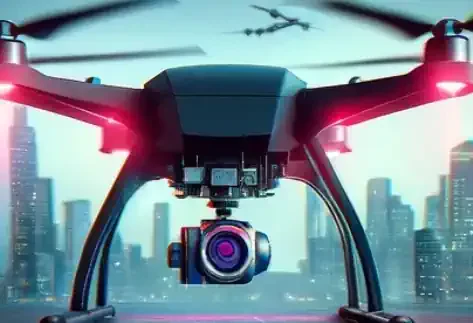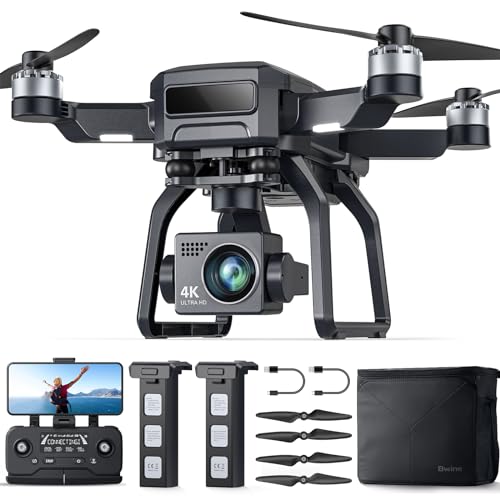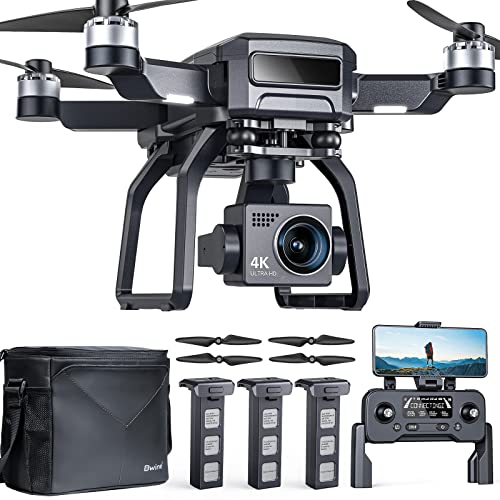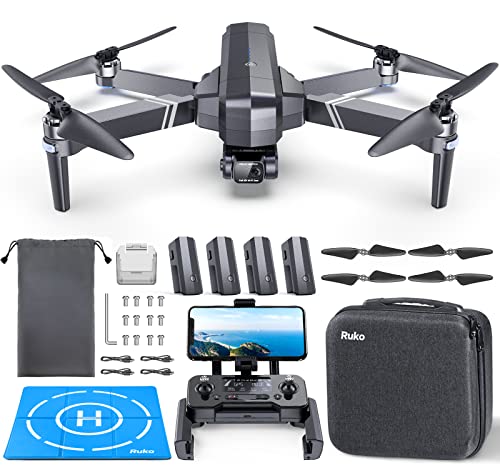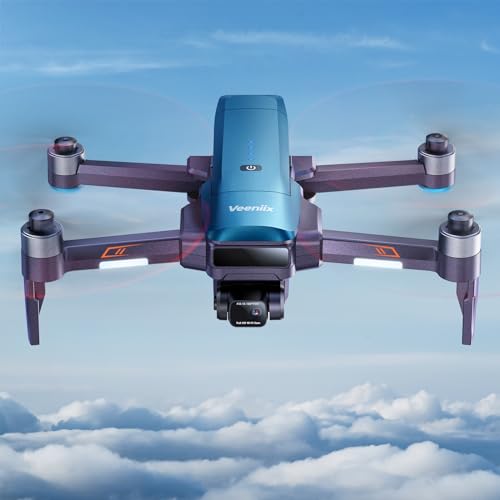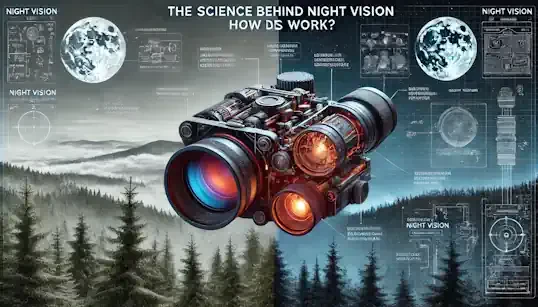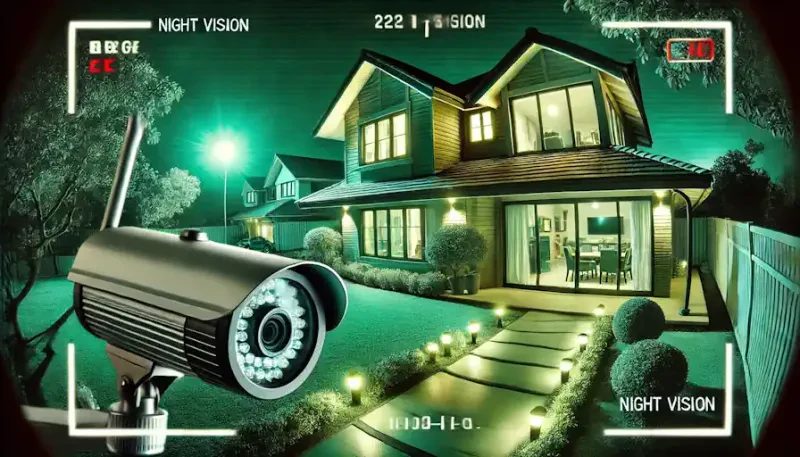Night Vision Drones: Illuminating the Darkness
Night vision drones are unmanned aerial vehicles (UAVs) equipped with specialized cameras that enable them to see and navigate in low-light or even complete darkness. These drones have become increasingly popular in recent years due to their wide range of applications, including surveillance, search and rescue, wildlife monitoring, and even filmmaking.
How Night Vision Drones Work
Night vision drones utilize various technologies to capture images in low-light conditions. These technologies can be broadly categorized into three main types:
Image Intensification: This technology amplifies existing light, such as starlight or moonlight, to produce a visible image. Image intensifiers use a photocathode to convert photons into electrons, which are then multiplied and accelerated before striking a phosphor screen, creating a visible image.
Thermal Imaging: Thermal cameras detect the infrared radiation emitted by objects, rather than visible light. The temperature differences between objects are translated into varying shades of gray or color, creating a thermal image. This technology is particularly useful for detecting people, animals, and other heat-generating objects in complete darkness.
Low-light Cameras: These cameras are designed to be highly sensitive to light, allowing them to capture images in low-light conditions. Low-light cameras often use larger sensors and specialized optics to maximize light capture.
Where to Use Night Vision Drones
Night vision drones have a wide range of applications across various industries and sectors. Some of the most common applications include:
Surveillance: Night vision drones are used by law enforcement agencies, security companies, and military organizations for surveillance and reconnaissance missions. Their ability to operate discreetly in low-light conditions makes them ideal for monitoring sensitive areas, tracking suspects, and gathering intelligence.
Search and Rescue: Night vision drones are invaluable tools for search and rescue operations, especially in challenging environments such as dense forests or mountainous terrain. Their ability to see in the dark allows them to locate missing persons or objects quickly and efficiently.
Wildlife Monitoring: Researchers and conservationists use night vision drones to monitor wildlife populations, study animal behavior, and track poachers. The drones' ability to operate without disturbing animals makes them ideal for non-invasive wildlife research.
Agriculture: Farmers use night vision drones to monitor crops, identify pests and diseases, and assess irrigation needs. The drones' ability to see in the dark allows for more efficient and targeted interventions, leading to increased yields and reduced costs.
Filmmaking: Night vision drones are used by filmmakers to capture stunning aerial footage in low-light conditions. This technology has opened up new creative possibilities for filmmakers, allowing them to create unique and visually striking scenes.
Inspections: Drones are used to inspect infrastructure such as power lines, bridges, and wind turbines. Night vision allows these inspections to occur at any time, reducing disruption and downtime.
Challenges and Limitations
While night vision drones offer numerous advantages, they also face certain challenges and limitations. Some of the key challenges include:
Cost: Night vision drones can be expensive, especially those equipped with high-end thermal or image intensification technology.
Battery Life: Night vision drones often have shorter battery life compared to standard drones due to the power requirements of their specialized cameras.
Regulations: The use of drones, including night vision drones, is subject to regulations that vary depending on the country and the intended use.
Weather Conditions: Night vision drones can be affected by adverse weather conditions such as fog, rain, and snow, which can limit their effectiveness.
Applications of Night Vision Drones
Night vision drones have revolutionized various fields by enhancing visibility in low-light conditions. One of the primary benefits of using a night vision drone is its ability to provide clear imagery and video in complete darkness. This capability is invaluable for search and rescue operations, where time is critical, and traditional methods may falter due to poor visibility.
Additionally, night vision drones are extensively used in wildlife monitoring and conservation efforts. By utilizing thermal imaging technology, these drones can track animal movements without disturbing their natural habitat. This allows researchers to gather vital data on wildlife behavior and population health during nighttime hours, leading to better-informed conservation strategies.
Law enforcement agencies also greatly benefit from night vision drones. They can conduct surveillance and monitor large areas during nighttime operations without the need for excessive manpower on the ground. This not only improves safety for officers but also increases the efficiency of their operations, whether in pursuit of suspects or monitoring large crowds at events.
Furthermore, the agricultural sector leverages night vision drones for crop monitoring and management. Farmers can detect issues such as pest infestations or irrigation problems during the night, allowing them to take timely actions that can preserve and enhance yields. The ability to assess crop health without the constraints of daylight enables more proactive approaches to farming.
Industries Utilizing Night Vision Technology
Night vision technology has transformed various industries, enhancing operations and safety in ways previously thought impossible. One of the most significant advancements in this arena is the development of the night vision drone. These innovative devices are equipped with sophisticated imaging systems that allow for clear visibility in low-light conditions, making them invaluable across multiple sectors.
In the military and defense sector, night vision drones play a critical role in surveillance and reconnaissance missions. They enable armed forces to conduct operations under the cover of darkness, providing real-time feeds and enhancing situational awareness. This capability is essential for effective planning and execution, particularly in combat zones where visibility may be compromised.
Another industry leveraging night vision drones is agriculture. Farmers can utilize these drones to monitor crop health after sunset, helping them identify issues such as pest infestations or irrigation problems. The ability to capture high-quality images at night saves time and resources, allowing for timely interventions and better yield management.
Moreover, the law enforcement sector is increasingly adopting night vision drones for surveillance and search-and-rescue operations. Officers can cover large areas and locate missing persons or assess crime scenes without the limitations of daylight. This technology not only improves the efficiency of police work but also enhances public safety by enabling faster responses in emergencies.
Overall, the versatility of the night vision drone makes it a powerful tool across many industries. From enhancing security measures to elevating agricultural practices, the benefits of this technology continue to expand, unlocking new possibilities for nighttime operations and beyond.
Enhancing Safety and Security Measures
When it comes to safety and security, night vision drones are changing the game. These high-tech devices can operate in low-light conditions, providing unparalleled visibility and surveillance capabilities. Whether it’s monitoring a large event, patrolling borders, or assisting first responders during emergencies, the applications of night vision drones are vast and impactful.
One of the primary benefits of using a night vision drone is its ability to detect potential threats in complete darkness. By capturing thermal images and infrared footage, security personnel can identify unusual activities before they escalate. This proactive approach not only enhances public safety but also helps law enforcement agencies respond more effectively to incidents, ensuring a higher level of security for communities.
Moreover, night vision drones are proving invaluable in search and rescue operations. When time is of the essence, these drones can cover large areas quickly, locating missing persons or assessing disaster zones where visibility is compromised. With the ability to fly at night and in challenging weather conditions, night vision drones equip rescue teams with the tools they need to save lives, making them an indispensable asset in critical situations.
In addition to law enforcement and emergency services, many private security firms are adopting night vision drones for site monitoring and perimeter patrols. The presence of these drones can act as a deterrent to potential intruders while providing continuous surveillance in areas that might otherwise be vulnerable. As the technology continues to evolve, the effectiveness and affordability of night vision drones will likely lead to even broader adoption in the security sector, further enhancing safety measures across various environments.
Future Trends in Night Vision Drones
As technology advances, the future of night vision drones is becoming increasingly exciting. These drones are not only enhancing traditional applications like search and rescue missions but are also breaking new ground in various fields such as agriculture, surveillance, and wildlife monitoring. The integration of artificial intelligence and machine learning is set to revolutionize how these night vision drones operate, enabling them to analyze data in real-time and make autonomous decisions.
One of the most significant future trends in night vision drones is the improvement of camera technology. Higher resolution sensors and advanced imaging technologies will allow for clearer and more detailed nighttime images. This enhancement will be particularly beneficial for law enforcement and security agencies, enabling them to monitor large areas under low-light conditions more effectively. Furthermore, the incorporation of thermal imaging will continue to play a crucial role in helping users detect heat signatures, making night vision drones indispensable tools in many operations.
Another trend is the increase in applications within the agricultural sector. Night vision drones can help farmers monitor their crops after dark, detecting issues such as moisture levels and pest infestations that may not be visible during the day. This capability can lead to more efficient farming practices and better crop yields. As technology progresses, night vision drones will become more affordable and accessible, making it easier for farmers to incorporate them into their routines.
Finally, the evolution of battery technology will significantly impact the future of night vision drones. Longer flight times will allow these drones to cover greater distances and conduct more extensive surveillance missions. As battery life improves, we can expect night vision drones to play larger roles in humanitarian efforts, environmental monitoring, and disaster response, showcasing their versatility and importance across various industries.
